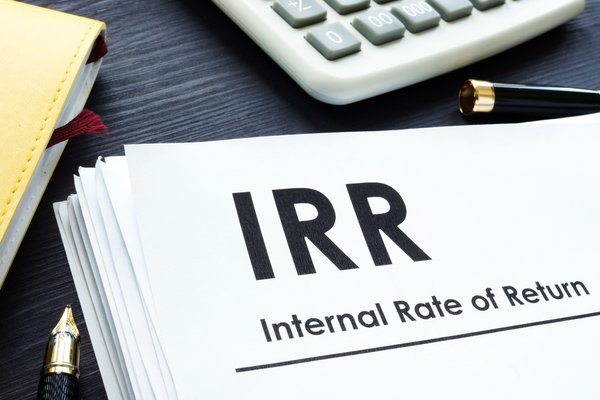A sale-leaseback transaction allows owners of real property, like real estate, to free up the balance sheet capital they've invested in an asset without losing the ability to continue using it. The seller can then use that capital for other things while the purchaser owns an immediately cash-flowing asset.

What is a sale-leaseback transaction?
A sale-and-leaseback, also known as a sale-leaseback or simply a leaseback, is a financial transaction where an owner of an asset sells it and then leases it back from the new owner. In real estate, a leaseback allows the owner-occupant of a property to sell it to an investor-landlord while continuing to occupy the property. The seller then becomes a lessee of the property while the purchaser becomes the lessor.
How does a sale-leaseback transaction work?
A real estate leaseback transaction consists of two related agreements:
- The property's current owner-occupier agrees to sell the asset to an investor for a fixed price.
- The new owner agrees to lease the property back to the existing occupant under a long-term leaseback agreement, thereby becoming a landlord.
This transaction allows a seller to remain an occupant of a property while transferring ownership of an asset to an investor. The purchaser, meanwhile, is buying a property with a long-term tenant already in place, so that they can start generating cash flow immediately.
Why would you do a sale-leaseback?
A sale-leaseback transaction benefits both the seller and the purchaser of a property. Benefits to the seller/lessee include:
- The ability to free up balance sheet capital invested in a real estate asset to finance business expansion, reduce debt, or return cash to investors.
- The ability to continue occupying the property.
- A long-term lease agreement that locks in expenses.
- The ability to deduct rent payments as a business expense.
Likewise, the purchaser/lessor also experiences several benefits from a leaseback transaction, including:
- Ownership of a cash-flowing asset, backed by a long-term lease.
- Ownership of a property with a long-term lease to a tenant that needs it to support its operations.
- The ability to deduct depreciation expenses on the property on their income taxes.





























